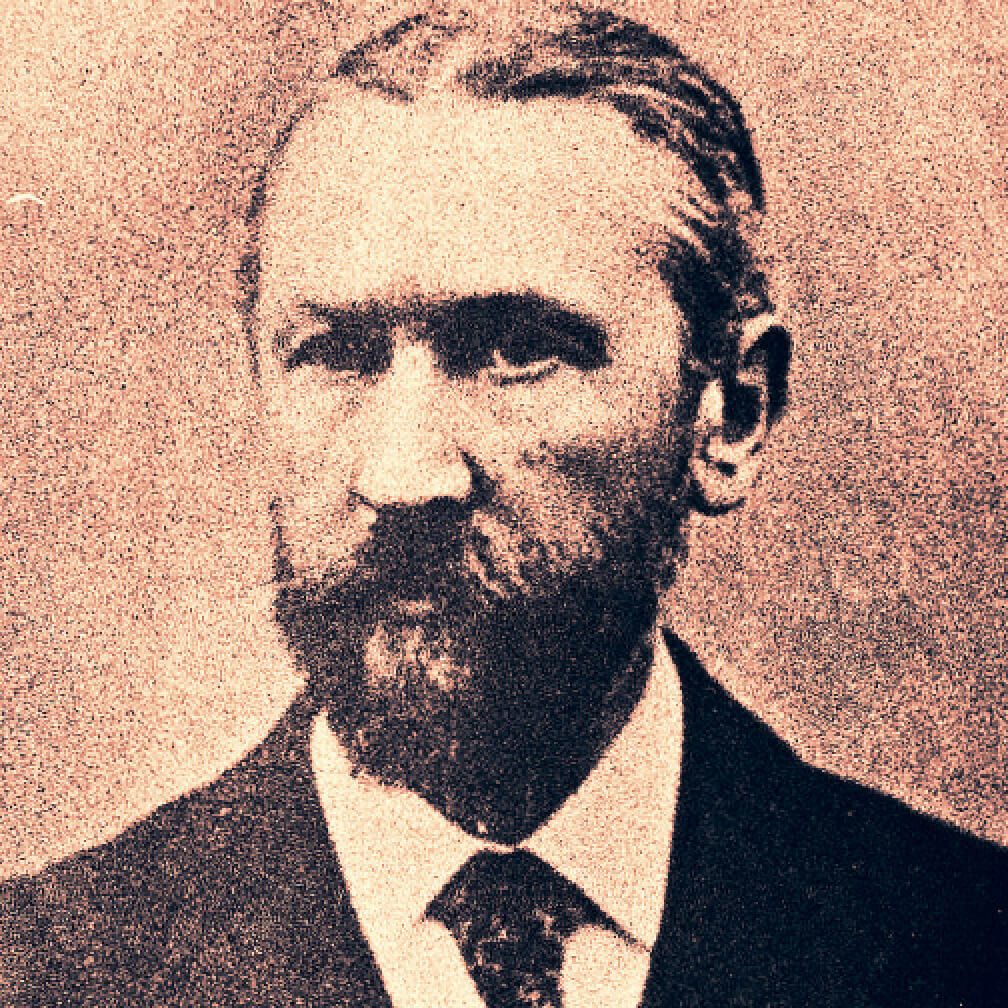
Josef Staffler, born on March 17, 1846, in the parish of Lengmoos as the son of an innkeeper, was quite enterprising from a young age. At 22, he became a tavern leaseholder in Gries, got married, and at just under 30 years old, took over the then-thriving railway station restaurant in Wörgl.
He was fascinated by the new possibilities offered by the railway, so in the early 1880s, he returned to Bolzano to manage the railway station restaurant there as well. He ran the establishment with such skill that soon not only passengers but also Bolzano residents would take the short walk to the station, still located outside the city, especially in the evenings, to dine at his restaurant. After a few years, he was able to purchase the inn "Zum Riesen," and in 1899, Staffler bought the Uhlenhof in Bauernkohlern, along with the surrounding meadows, forests, a chapel, and a manor house situated in a splendid panoramic location above the Bolzano basin. He converted the manor house into a mountain inn, now ready to accommodate guests. But how would these guests overcome the 900-meter elevation? The options were a two-hour hike or an equally strenuous ride along a bumpy cart path. Staffler quickly dismissed the idea of upgrading the cart path due to the high costs. What he envisioned was an electric cable car. As early as 1900, he had a project developed by Rössemann & Kühnemann in Budapest. It was a single-cable transport system with 30 iron supports and six carriages going up and six coming down.
The "approximate offer" estimated the cost at 170,000 crowns. This project was abandoned, but just a year later, Staffler commissioned a new project, this time for a funicular railway. The contract was awarded to the Swiss company Theodor Bell & Cie.
During the planning, there was a clear conflict of interest with the innkeepers on the Virgl, who feared they would be sidelined if a railway bypassed them on its way to Kohlern. Additionally, the costs for building an intermediate station at Virgl threatened to escalate further. With an estimated 300,000 crowns, the funicular was already beyond Staffler’s financial reach. The resourceful innkeeper then turned his attention to the idea of an electrically powered "wire rope lift." The cost was only a third of that of a funicular, the technology was available, and there was also a nearby power plant in Kardaun to supply electricity. The only problem was that the Imperial and Royal Ministry of Railways did not cooperate.
In Vienna, they said, "Considering the absence of a ground track," the lift was technically not a railway and therefore did not fall under the jurisdiction of the Ministry of Railways. Nevertheless, after his project was reviewed in June 1905, Staffler received permission from the Bolzano district authority to build a wire rope lift for material transport, excluding passenger transport. On May 11, 1906, the cable car was officially inspected. It was powered by a 45-horsepower electric motor installed at the valley station, slightly above the current one. In the meantime, the authorities reconsidered their stance on passenger transport. The accident-free operation of all the mountain railways around Bolzano had given advocates of a passenger cable car more support.
The Bolzano district authority then formulated provisional safety regulations. The existing cable car supports for material transport had to be reinforced, and a safety device had to be installed as a precaution. The Simmeringer Maschinen- und Waggonbau-Fabrik in Vienna was tasked with modifying the material cable car. Six of the 16 wooden supports were replaced with iron ones, and the rest were reinforced.
The safety mechanism consisted of a second rope that ran alongside the main rope without tension and would hold the gondola in case the main rope broke. Finally, on the Feast of Saints Peter and Paul in 1908, Josef Staffler was able to inaugurate the world’s first officially approved suspended cable car for passenger transport. A month later, the Wetterhorn lift in Grindelwald, Switzerland, was opened.



